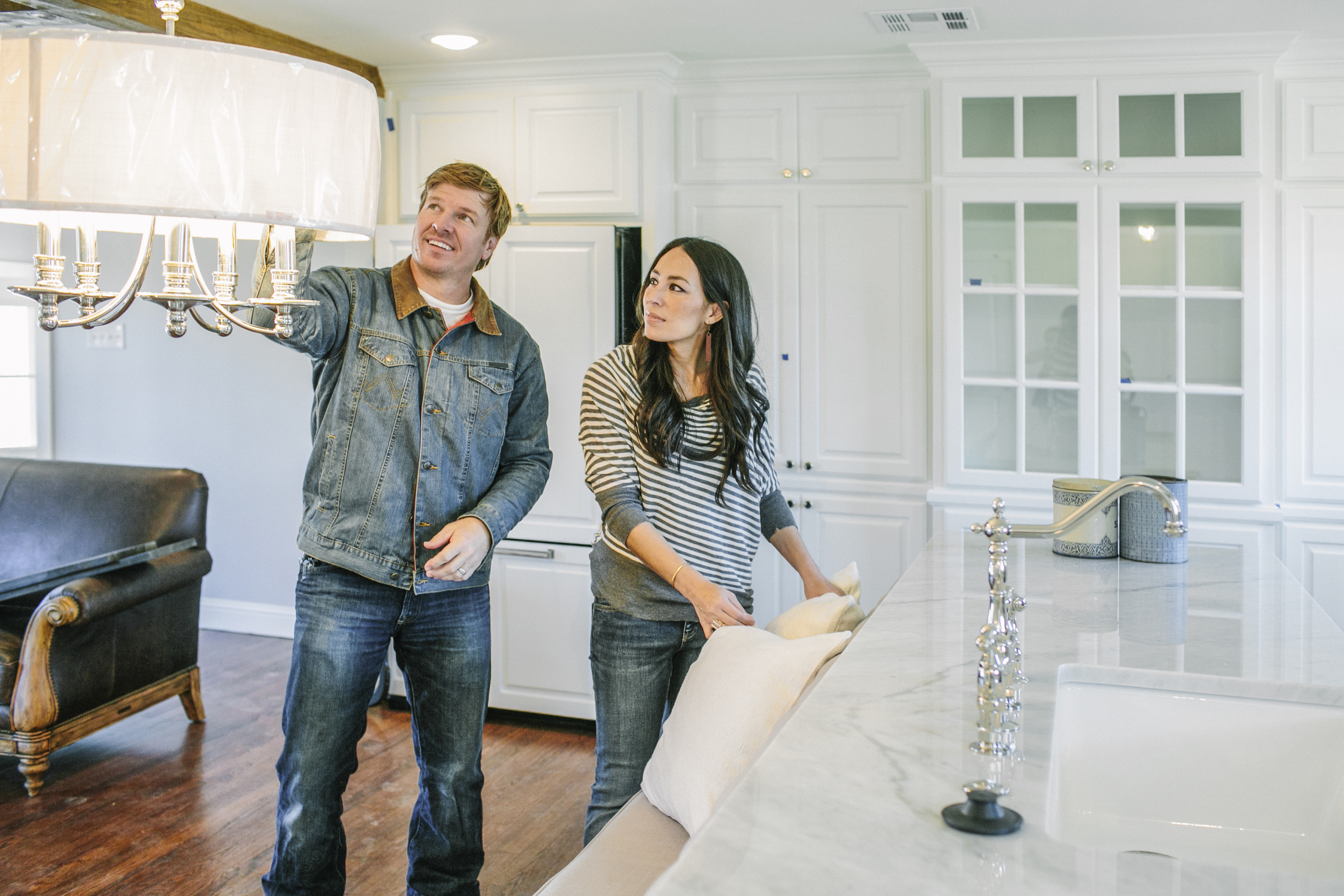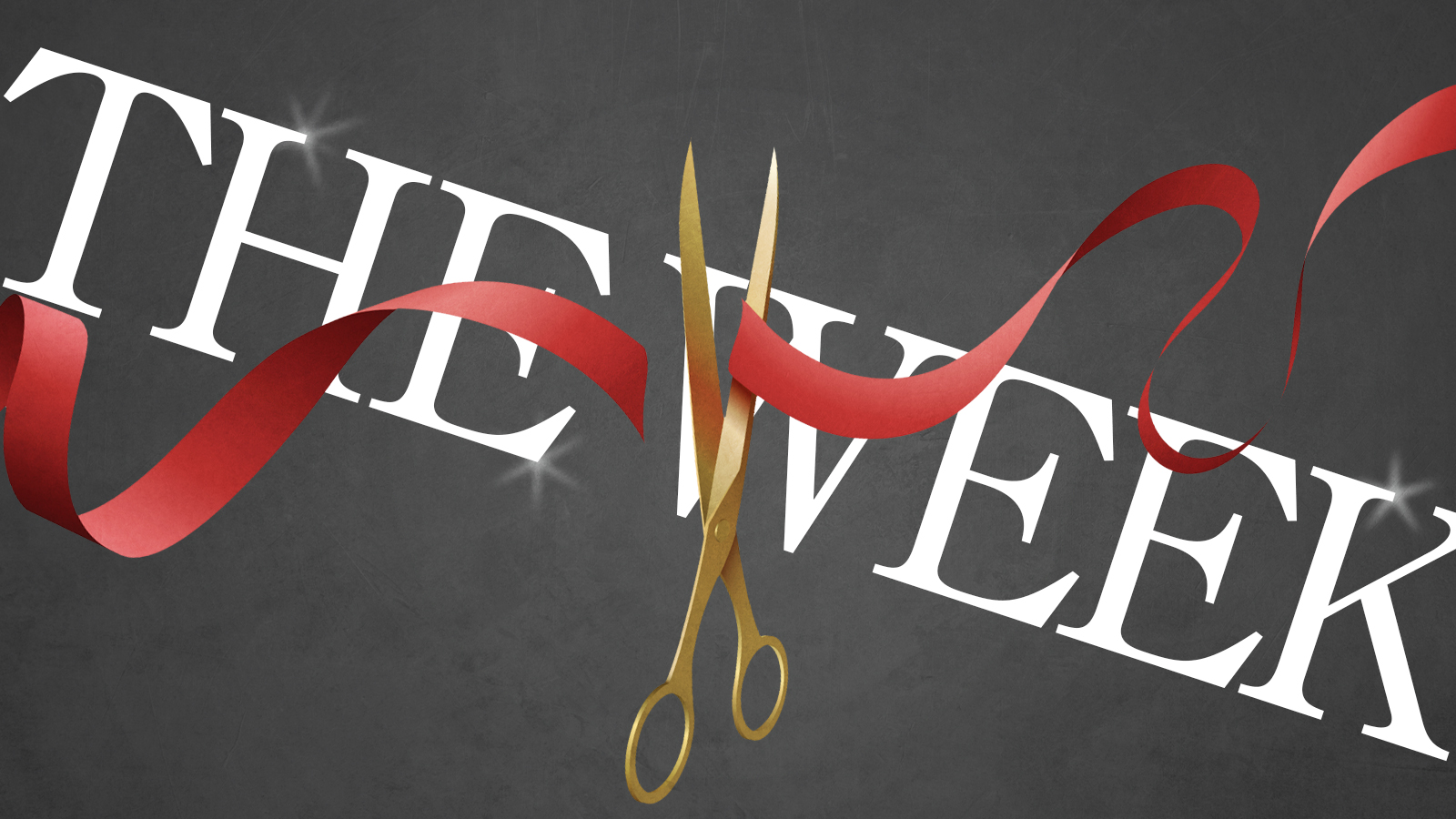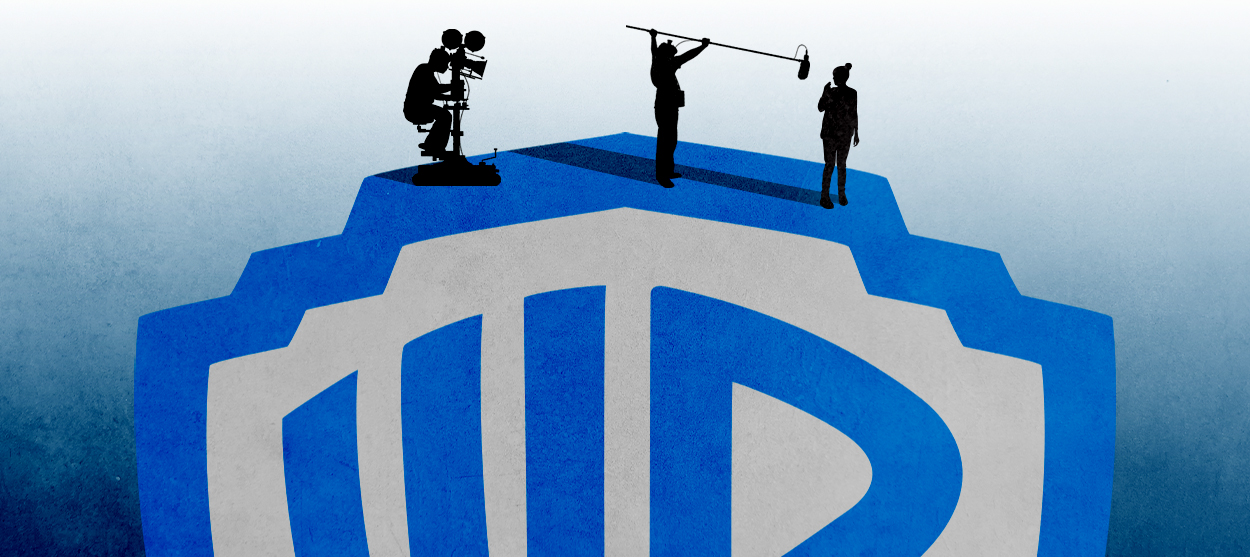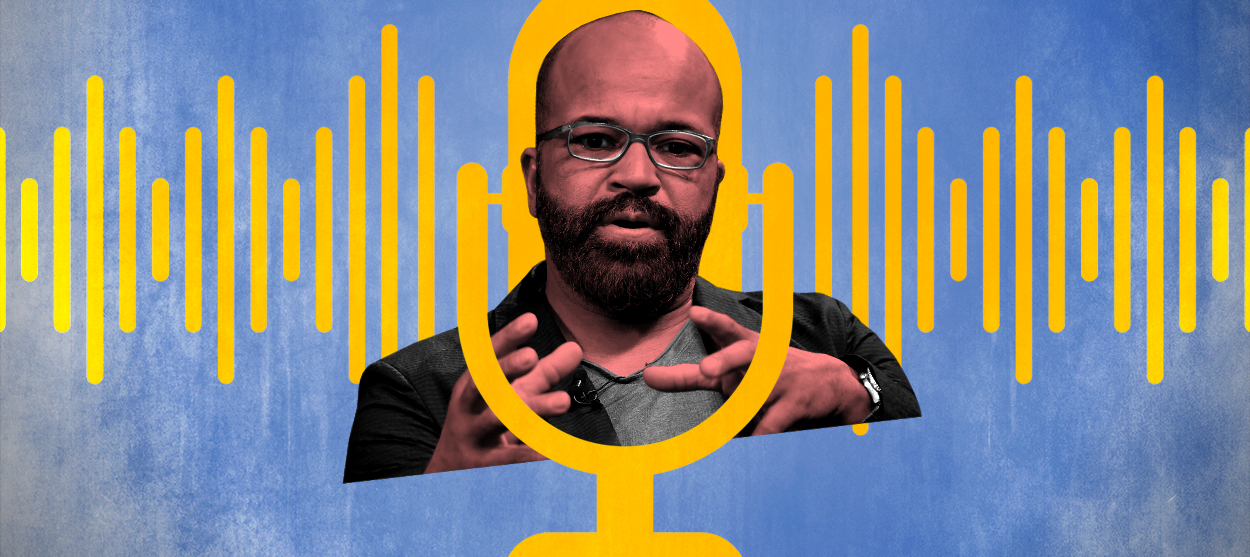Fixer Upper, Waco, and the return of the American dream
On the joys of watching regular people fulfill achievable dreams in an unassuming Texas town

When you hear the word "Waco," you probably think of the nearby siege and massacre at a Branch Davidian compound. HGTV wants you to think instead of a dilapidated ranch house with great bones.
The network's massively popular reality television show Fixer Upper is captained by the charismatic husband-and-wife team of Chip and Joanna Gaines, but the focus of the show is Waco. It's the plain Jane before the nose job, the office schlub in the pleated khakis, the scratched-up Acura before the subwoofer and detailing. The series features run-down and lifeless houses in the city thoughtfully transformed into desirable family homes. And while both Waco and Fixer Upper can exist alone, it's indisputable that one needs the other to thrive.
What's critical to know about Waco — besides the seven-week siege — is, well, nothing. There's Baylor University. There's a suspension bridge. And like many small cities around the world, there's not a lot else.
The Week
Escape your echo chamber. Get the facts behind the news, plus analysis from multiple perspectives.

Sign up for The Week's Free Newsletters
From our morning news briefing to a weekly Good News Newsletter, get the best of The Week delivered directly to your inbox.
From our morning news briefing to a weekly Good News Newsletter, get the best of The Week delivered directly to your inbox.
But what Waco lacks in charm, it makes up with affordability. Across the board, the cost of living in Waco is considerably cheaper than the U.S. average. With regard to housing, the median home value is just under $90,000, a number that will surely make residents of San Francisco, Los Angeles, and New York want to kneel down and cry. In an era of rising income inequality, Waco just makes the American dream seem as attainable as ever.
Prospective buyers on Fixer Upper rarely have over $300,000, including a modest rehab budget, to play with. Take a newlywed couple from season one for example. They capped their budget at $100,000, but were looking for a two-bedroom house on a quiet street within a mile from a nice green park. As luck would have it, they found a 100-year-old, three-bedroom house to buy for just $35,000 (!). They put $65,000 into the renovation, and ended up with a quaint place that met their needs. Another episode highlighted a single mom with her young son, looking for a two-bedroom house with a backyard in a well-kept neighborhood. Her total budget was $135,000, and she found a cute cottage to buy for $87,500. After putting $45,000 into it, the house was not a house — it was a home. And that's the gentle goal of every episode.
By contrast, Fixer Upper's competitors tend to do everything they can to emphasize things besides the home. Take popular Flip or Flop, which features the ambitious Tarek El Moussa and his wife Christina flipping houses in California. It's certainly fun, but without the element of an excited couple buying the finished product, there's little emotional investment. And then there's Extreme Makeover: Home Edition, which emphasizes the extremity of the makeover more than the home itself. Sure, it offers houses to families in need, but it also glorifies excess. There are more people involved. There's less time to renovate. It's dizzying and stressful.
Fixer Upper is joyful yet down-to-earth. There aren't 17-car garages or champagne rooms in Waco — at least as far as the show is concerned. But the kid can still have a playroom, dad can get an office, and mom can splurge on ‘his' and ‘hers' sinks in the bathroom. That's the show's undeniable attraction: watching regular people fulfill achievable dreams in an unassuming Texas town.
A free daily email with the biggest news stories of the day – and the best features from TheWeek.com
Trilby Beresford is a freelance arts writer from Australia, who currently resides in Los Angeles. Her writing has appeared in Amy Poehler's Smart Girls, Bullett Media, Geek & Sundry, American Film, Nerdist, Flood Magazine, and numerous other publications. Trilby has an M.F.A. from the American Film Institute Conservatory and a B.A. from the University of Sydney.
-
 Walter Isaacson's 'Elon Musk' can 'scarcely contain its subject'
Walter Isaacson's 'Elon Musk' can 'scarcely contain its subject'The latest biography on the elusive tech mogul is causing a stir among critics
-
 Welcome to the new TheWeek.com!
Welcome to the new TheWeek.com!The Explainer Please allow us to reintroduce ourselves
-
 The Oscars finale was a heartless disaster
The Oscars finale was a heartless disasterThe Explainer A calculated attempt at emotional manipulation goes very wrong
-
 Most awkward awards show ever?
Most awkward awards show ever?The Explainer The best, worst, and most shocking moments from a chaotic Golden Globes
-
 The possible silver lining to the Warner Bros. deal
The possible silver lining to the Warner Bros. dealThe Explainer Could what's terrible for theaters be good for creators?
-
 Jeffrey Wright is the new 'narrator voice'
Jeffrey Wright is the new 'narrator voice'The Explainer Move over, Sam Elliott and Morgan Freeman
-
 This week's literary events are the biggest award shows of 2020
This week's literary events are the biggest award shows of 2020feature So long, Oscar. Hello, Booker.
-
 What She Dies Tomorrow can teach us about our unshakable obsession with mortality
What She Dies Tomorrow can teach us about our unshakable obsession with mortalityThe Explainer This film isn't about the pandemic. But it can help viewers confront their fears about death.

